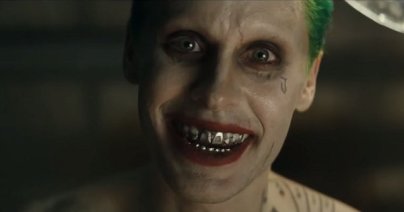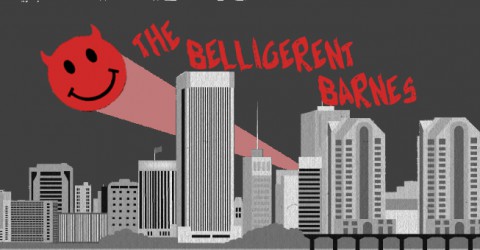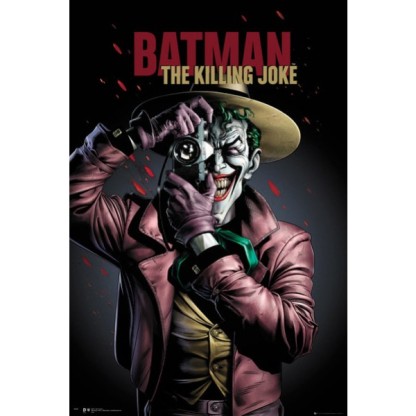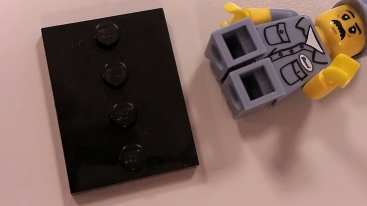
This shouldn’t be news to anyone, but film critics are undoubtedly miserable people. That’s not to say that they are terrible human beings… even if many actually are. When I say ‘miserable people’ I mean that they are generally unhappy with life. These were my thoughts as I left the theater the other night after finally watching Suicide Squad.
My wife and I waited until the Tuesday after the film came out to see it. As a devout DC-loving geek family, you’d expect us to be there at the first showing per our usual. Since that didn’t happen, thanks to stupid adult responsibilities, we were exposed to the witch hunt of critical reviews that took place (and continues to take place) around the much anticipated release prior to having the liberty of forming our own opinions. In the end the only thing that truly bothered me about the film was how eager critics were to engage in that witch hunt. Critics as a whole have acted like they can only be reputable if they join in on the hatred.
The stakes were tremendously high since DC and Warner Bros needed a hit. When Batman v Superman turned into a comic book movie pariah, bets were hedged on the non-traditional mashup as a means to right the course. Their impressively expansive advertising campaign prepared us all for a goofy action film that was sure to entertain. Guess what? That’s exactly what it was!
Suicide Squad never attempted to be a perfect movie, but rather, it set out to be a film the fans would enjoy. I’m a textbook fan – I’ve read the source material. I’ve bought the merchandise. I’ve watched the other movies on multiple occasions. Essentially, I’m the kind of person they made the movie for. Regardless of how much (considerable) anticipation I had going into the theater, I never forgot that I bought a ticket with the hope of being entertained. It’s pretty obvious that the critics walked into the theater prepped to utterly despise and disparage what they were going to watch. What’s the point in bitching about a movie that never stood a chance in your biased mind? That scenario completely devalues any opinion that might be expressed as a result.
Granted, the movie wasn’t perfect by any stretch of the imagination. Harley Quinn and Deadshot were really the only characters that received any significant character development. This wasn’t surprising due to a higher notoriety for Will Smith and Margot Robbie. It would have been nice to get more out of the rest of the cast yet doing so likely would’ve bloated the run time. Casting overall was spot on with each actor embodying the spirit of their comic origins in satisfying ways. Harley Quinn was especially on point interjecting an element of fun insanity throughout. Will Smith’s Deadshot completely sold me on the egotistical asshole and simultaneous caring father that recent incarnations of the character have shifted towards. All in all, I don’t recall feeling that any of the actors didn’t belong in the part they played…. that says a lot about a movie!
Jared Leto’s Joker was certainly interesting. Initially, I didn’t care for the “gangsta” that they portrayed. When I expressed this thought to my wife, she slapped some sense into me with a reminder that a gangster is exactly who the Joker is supposed to be – they merely adopted a form of it that would be more believable in the world DC/Warners has created. Her point was solid (as they tend to be) and changed my view. Leto’s Joker is very believable in the current DC Cinematic Universe. As much as I adore the psychotically terrifying Heath Ledger version, it wouldn’t fit into the new era. The chrome smile is probably my biggest objection to this Joker. His tattoos were actually quite appropriate – especially the smile on his hand.

Brush your teeth, kids.
I’ve heard a huge amount of criticism stemming from ‘under-utilization’ of the Joker. True, he wasn’t in the movie a huge amount, however, ‘under-utilize’ would imply that he deserved a larger role. In the comics the Joker was never an overreaching thread; he primarily served as a motivator behind Harley Quinn’s actions. David Ayer stayed true to this by not allowing him sufficient screen time to steal the show. Jared Leto put enough into portraying the character that he likely would have stolen the show if given the chance. I’d love to see him in a future Batman installment. Perhaps the criticism in this area would be lessened if Joker hadn’t been made such a focal point in the advertising campaign. Anyone who was pumped to see the movie as a result would feel rightfully slighted.
Special effects were also commendable. The only weak points might be the ‘big bad’ – his overall look was interesting while a few scenes with his face looked a tad rough. If you were going to compare it to the CGI abortion that was Doomsday in BvS then he looked great. Certain segments with Enchantress came off as distracting. I didn’t care for the parts later in the movie where she looked brighter or more mystical. She definitely shined as the dark and creepy other-dimensional being from her first transformation. Seeing Cara Delevingne transform into this was very well handled.
In the end I can happily say that I enjoyed the film. It walks a line that’s both cooky and entertaining. It’s certainly re-watchable as a fun action flick with a healthy whetting of the appetite for future DC Cinematic Universe entries.
Go watch Suicide Squad and form your own opinion. Don’t let those miserable critics unfairly sway what could be an enjoyable experience for you.
My rating of Suicide Squad is 7 out of 10.


















